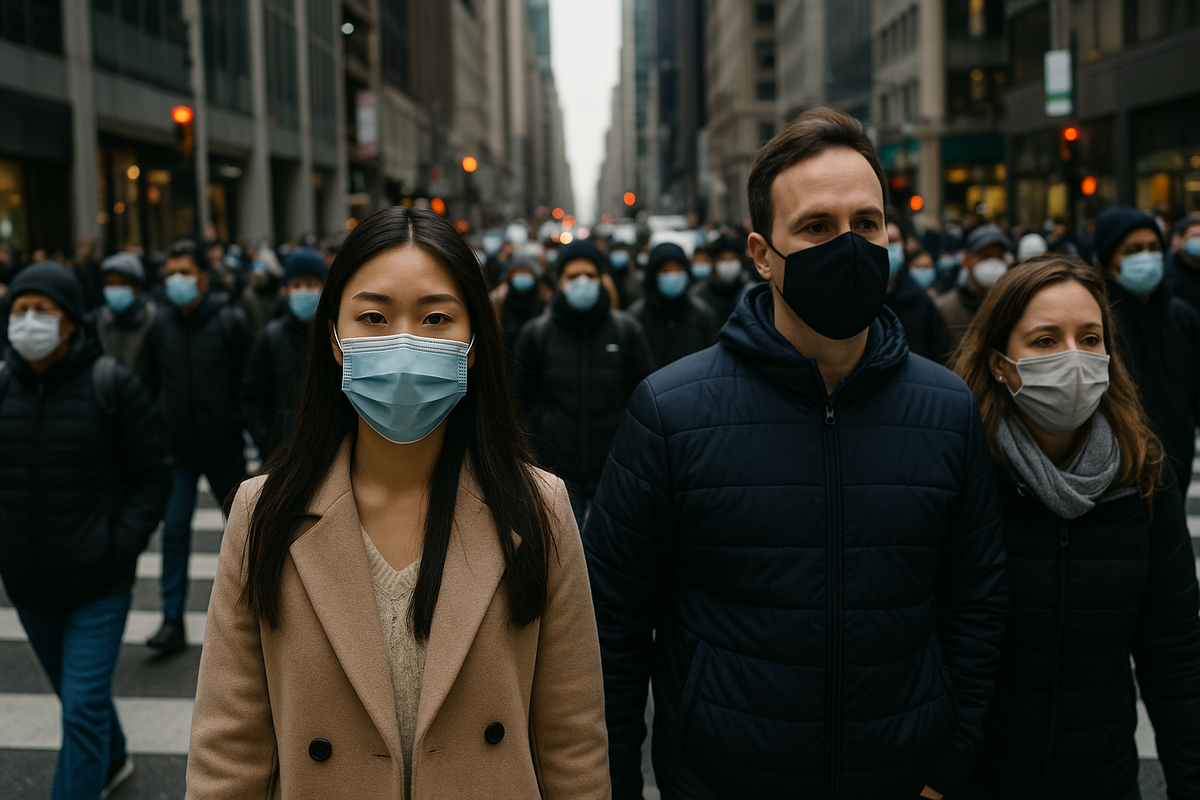
By Jenny Holly Hansen | WBN News | May 26, 2025
The COVID-19 pandemic left a lasting imprint on nearly every industry, including the insurance sector. One of the key responses from insurers in the aftermath was the introduction—or formalization—of a Communicable Disease Exclusion in commercial insurance policies. This clause significantly alters the way coverage applies to businesses in the event of disease transmission claims, and understanding its implications is crucial for risk management in today’s environment.
What Is the Communicable Disease Exclusion?
At its core, the Communicable Disease Exclusion is a policy clause that eliminates coverage for claims arising from the transmission of contagious illnesses. After the widespread disruptions and legal uncertainties caused by COVID-19, insurers sought to clarify that their policies would no longer respond to claims involving communicable diseases, including but not limited to COVID-19, influenza, SARS, and similar illnesses.
This exclusion can now be found across many types of policies—including commercial general liability (CGL), business interruption, and event cancellation insurance.
Why Was It Introduced?
Prior to the pandemic, communicable disease exclusions were not commonly enforced across all sectors. COVID-19 changed that. As waves of lawsuits emerged—many targeting businesses where people alleged they contracted the virus—insurers faced an unpredictable and potentially enormous liability burden.
In response, insurers began issuing notices of policy changes and incorporating explicit communicable disease exclusions in new and renewed policies. The intent was clear: to shield insurers from the legal and financial consequences of future disease outbreaks.
What Can You Do About It?
While the exclusion itself is often non-negotiable in standard policies, there are proactive steps businesses can take:
- Understand Your Policy: Review your policy language carefully with an insurance professional. Look specifically for exclusions under the liability and business interruption sections.
- Implement Health and Safety Protocols: Documenting clear policies and following public health guidelines can reduce liability exposure and strengthen your legal defense in the event of a claim.
- Explore Specialty Coverage: Some specialty insurers offer policies that provide limited communicable disease coverage—often for events or high-risk industries. These can be expensive but may be worth considering.
- Maintain Transparency: Clearly communicate your health and safety measures to both staff and customers. Signage, waivers, and digital notices can also help mitigate risk.
Final Thoughts
The Communicable Disease Exclusion is a direct result of the real-world risks exposed by the COVID-19 pandemic. For business owners, it represents a shift in how liability and interruption risks are handled by insurers. While it reduces your policy’s scope of protection, understanding the exclusion gives you a chance to prepare smarter, manage expectations, and explore supplemental coverage options where available.
As always, working closely with a knowledgeable insurance broker is the best way to ensure your business remains protected—no matter what comes next.
Let’s Keep Talking:
Jenny is a business insurance broker with Waypoint Insurance. With 19 years experience, she will well versed in the technical aspects of business coverages.
She can be reached at 604-317-6755 or jholly-hansen@wbnn.news. Connect with Jenny on LinkedIn at https://www.linkedin.com/in/jenny-holly-hansen-365b691b/. Connect with Jenny at BlueSky: https://bsky.app/profile/jennyhollyhansen.bsky.social
Let’s Meet Up:
Jenny Holly Hansen is a cohost with Chris Sturges of the Langley Impact Networking Group. You are welcome to join us on Thursday’s from 4pm to 6pm at: Sidebar Bar and Grill: 100b - 20018 83A Avenue, Langley, BC V2Y 3R4
TAGS: #Jenny Holly Hansen #Communicable Disease Exclusion #Protect Your Business



